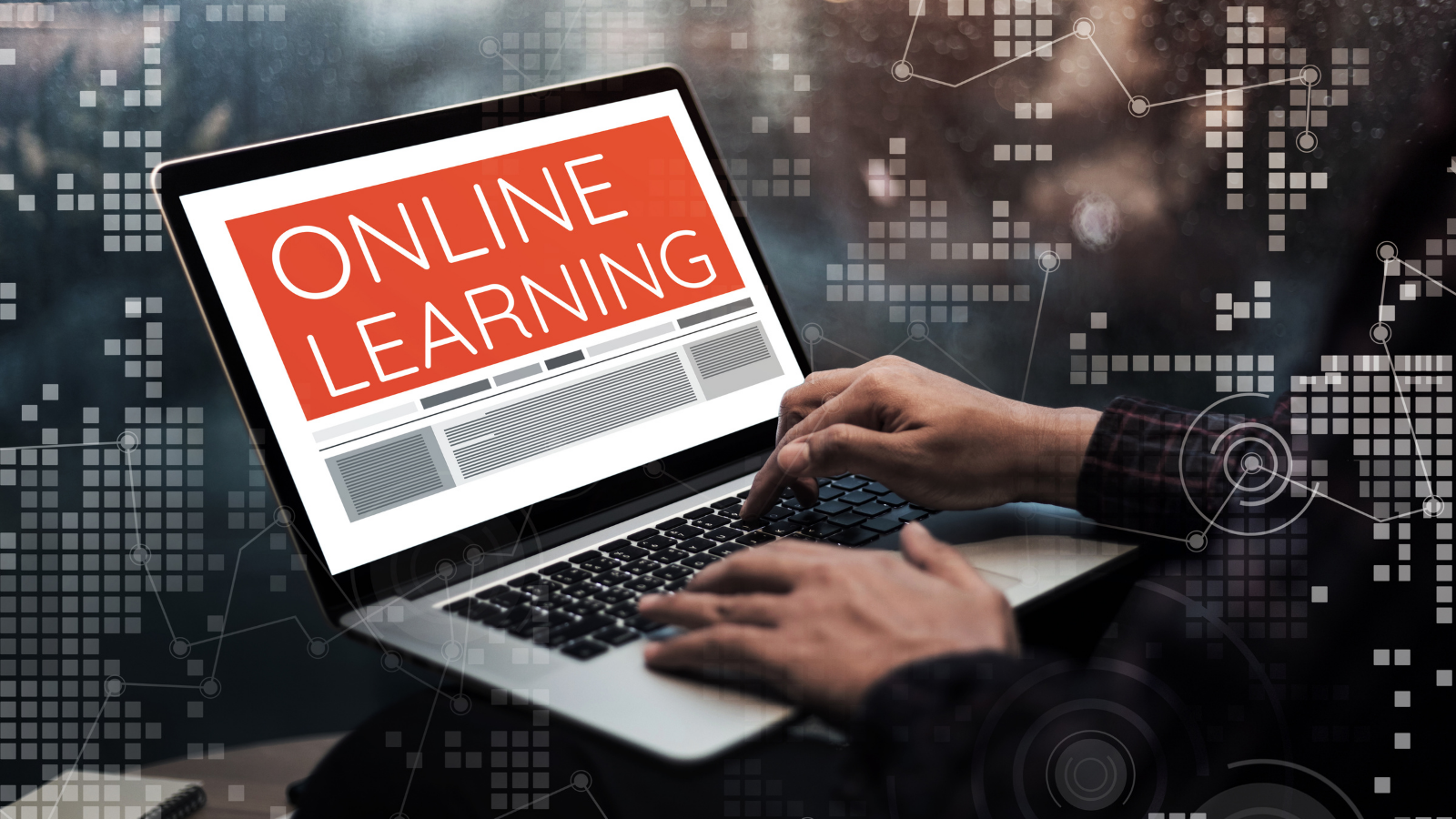Lisa Moreau, Learning & Capacity Development Consultant, FHI 360
In preparing for the virtual HIV Prevention Ambassador Trainers’ Workshop, we understood that we would not only be shifting away from in-person learning due to the global COVID-19 pandemic but also shifting away from the one-and-done approach to training events that is often the default in our sector. This was an opportunity to approach learning as an ongoing, multi-branched ecosystem — where learning is available anytime, anywhere, on any device (ATAWAD, and yes, that concept is really a thing).
We asked our colleagues in the PrEP Learning Network, who were potential partners for the virtual training, for their input regarding learning and collaboration platform preferences. Zoom was a clear favorite, followed by WhatsApp. Many had used Microsoft Teams, but it was not preferred. We also collected input on “must haves,” “nice to haves,” and “must not haves.” We then followed up with interviews to get a better understanding of preferences, constraints, and considerations. In speaking with a concentrated group of stakeholders, I learned that they were most interested in:
- Learning more about overcoming barriers to digital inclusion
- “Going” where user groups and beneficiaries are (WhatsApp, Telegram, PrEPWatch, Twitter, email, Zoom) and maximizing use of sites where they already have access
- Strengthening the skills of staff from our organizations and projects, as well as local partner organizations
- Leveraging existing technologies while testing new ones
Their priority “must haves” for platforms included:
- Easy sign on/use/access
- Available in bandwidth-challenged settings
- Document repository, video, and resource sharing
- Virtual classrooms (live synchronous preferred)
- Mobile phone access to learning
- Online courses
- Asynchronous advice and discussion groups
- External user access
- Quizzes/tracking of learner progress
Their priority “must haves” for live virtual sessions included:
- Teach-back activities
- Ability to reflect on and respond to content
- Activities for analysis and thinking
- Ongoing question and answer (chat or discussion)
- Small group discussions and activities
- Annotation, polls, and interaction
- Engagement
- Videos and animation
Zoom addressed many “must haves” for in-person virtual meetings, learning activities, and engagement and had the advantages of being well known and easily accessed. We also wanted a platform that would allow for asynchronous social learning and collaboration, as well as document, video, and resource sharing.
One platform would not meet all of these requirements, so we use a plethora of platforms and technologies for the training. These include:
- Microsoft Outlook for communications and invites
- Zoom for live virtual sessions employing all of the tools — annotation, reactions, chat, breakout rooms, polls, and even whiteboards
- Microsoft SharePoint for document sharing
- Microsoft Teams for training team meetings
- Mighty Networks (a social networking site like Facebook) for trainers to provide post-training support and resource sharing
- WhatsApp for mentoring groups during and after training
- TypeForm for pre/post-test and learner reaction surveys
Practice makes a perfect environment for iteration and continued learning
Not all of these options are perfect, and we continue to test new technologies and iterate with our training design. As part of this ongoing effort to improve, we have created a learning technology collective. We call ourselves the LT Squad. The purpose of the LT Squad is to create a center of expertise and excellence in learning and collaboration technologies, practices, and platforms. This expertise will provide value to clients and beneficiaries, make us more relevant, and help us realize greater impact. Key initiatives for our group include acquiring skills, sharing and exchanging knowledge and information, and strengthening the skills of internal and external colleagues and partners.
Along those lines, we now host an E-Learning Hub on Mighty Networks where we test and rate new tech, share Zoom tips and tricks, discuss the merits of memes, commiserate on the overabundance of tech in our lives, wax philosophical on learning and neuroscience, and share courses we have taken and certificates we are pursuing on learning technologies and e-learning. We are also working with the Meeting Targets and Maintaining Epidemic Control (EpiC) Cambodia team on a bootcamp where we will do a refresh on learning design principles and embark on a series of learning technology quests — exciting stuff! To find out more, join the E-Learning Hub. We welcome all interested parties!
This the third blog post in a series on the design, development, implementation, and iterative processes of the interactive and virtual HIV Prevention Ambassador Trainers’ Workshop, led by the U.S. President’s Emergency Plan for AIDS Relief (PEPFAR)- and the United States Agency for International Development (USAID)-supported Collaborative for HIV Prevention Options to Control the Epidemic (CHOICE) through the terms of cooperative agreements of the EpiC and RISE projects. In this series, we share our experience and reflect honestly on the ups and downs of designing and delivering a comprehensive training virtually. Access the HIV Prevention Ambassador Trainers’ Workshop materials here.
Photo Credit: Canva

